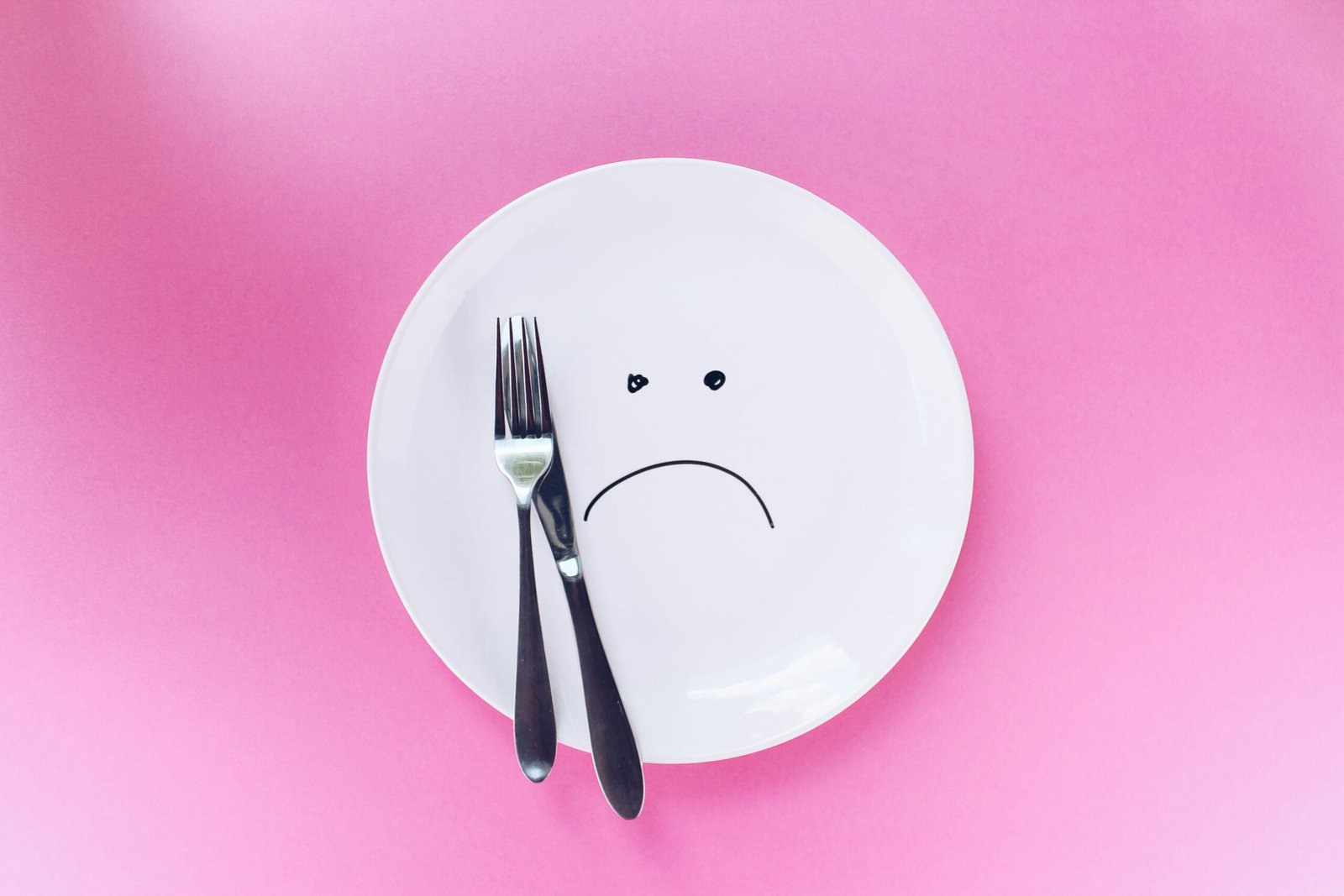Introduction to the Findings
Recent research has brought to light concerning findings regarding the presence of toxic metals in tampons, shedding new insight into the materials used in menstrual products. This study, conducted by a team of experts, analyzed various brands of tampons available in the market and identified alarming levels of heavy metals such as lead, cadmium, and mercury. The implications of these findings warrant significant attention, as they pose potential health risks for menstruators. Toxic metals are known to have adverse effects on health, including hormonal imbalances and reproductive disorders, thus raising critical questions about the safety and composition of menstrual hygiene products.
The context surrounding this study is crucial, as it reflects a growing awareness and scrutiny regarding the safety of everyday products, particularly those used by women. Historically, the menstrual product industry has faced relatively little regulatory oversight, leading to widespread usage of materials that may compromise health. The findings of this study underline the need for greater transparency from manufacturers regarding the ingredients used in their tampons, as many consumers remain unaware of what these products may contain.
Furthermore, it is essential for women to be educated about the potential risks associated with using tampons that may contain harmful metals. Awareness can empower consumers to make informed choices, prioritize their health, and advocate for safer product alternatives. Given that menstruation is a natural biological process that affects a significant portion of the population, the relevance of these findings cannot be overstated. In a world increasingly focused on health and well-being, this study serves as a critical reminder for women to scrutinize the products they use and to demand higher safety standards in menstrual health products.
What Are Toxic Metals?
Toxic metals are naturally occurring elements that can cause adverse health effects when they accumulate in living organisms or the environment. Commonly found in various consumer products, including feminine hygiene items, these metals pose significant health risks. Notable toxic metals include lead, cadmium, and mercury. Each of these metals has distinct properties and health implications, making them a concern for consumers.
Lead is a well-known neurotoxin that can interfere with the development of the nervous system, especially in fetuses and children. Exposure to lead may result in cognitive deficits, behavioral issues, and developmental delays. In addition to its neurotoxic effects, lead can also affect cardiovascular health, leading to hypertension and increased risk of heart disease.
Cadmium, another hazardous metal, is typically introduced into the body through inhalation or ingestion. It poses risks similar to those of lead, affecting kidneys and bone health. Long-term exposure to cadmium may also result in lung damage and contribute to the development of cancers, particularly in the lungs and prostate. It is important to note that cadmium can also replace essential metals in biological systems, further complicating the body’s metabolic processes.
Mercury is a highly toxic element that can exist in various forms, with methylmercury being particularly dangerous as it accumulates in the food chain. Upon entering the body, mercury can damage the nervous system, leading to cognitive and motor function impairments. High exposure may cause severe health issues, including tremors, mood changes, and difficulties in coordination.
Understanding the presence of these toxic metals in everyday products is crucial for consumers. Being informed about their potential health risks can empower individuals to make better choices regarding their health and well-being.
Understanding the Study’s Methodology
The study investigating the presence of toxic metals in tampons employed a rigorous and systematic approach to ensure reliability and validity in its findings. Researchers began by selecting a diverse range of commercially available tampon brands, taking into account varying materials and absorbency levels. This selection aimed to represent a comprehensive cross-section of the products commonly used by menstruators.
Each tampon sample underwent a thorough analysis involving several key tests. Initially, researchers employed a technique known as inductively coupled plasma mass spectrometry (ICP-MS), a sensitive method capable of detecting trace levels of metals. This technique facilitated the identification and quantification of toxic metals such as lead, cadmium, and arsenic, which are of particular concern due to their potential health effects.
To determine the toxicity of detected metals, the researchers established criteria based on established safety thresholds from health agencies. For instance, comparison to standards defined by the Environmental Protection Agency (EPA) and the World Health Organization (WHO) provided a framework for assessing whether the levels found in tampon samples posed any significant health risks. Additionally, controls were implemented by testing unexposed materials to establish baseline metal levels, thereby distinguishing between contamination from the manufacturing process and the natural occurrence of trace metals in the environment.
The study also included a review of the manufacturing processes used by different brands, which provided insights into potential sources of contamination. By analyzing the composition of the tampons, researchers could accurately interpret their findings and assess the risk associated with the use of these products. Overall, the rigorous methodology adopted aims to offer readers an in-depth understanding of the study’s credibility and its implications for public health concerns related to tampon use.
The Implications for Women’s Health
The recent study identifying toxic metals in tampons raises significant concerns regarding women’s health. The presence of substances such as lead, cadmium, and arsenic in products intended for intimate use can have serious implications. It is crucial for consumers to understand the potential health risks associated with prolonged exposure to these toxic elements, particularly since tampons are used during menstruation, a time when women’s bodies are already undergoing hormonal fluctuations.
Long-term exposure to toxic metals has been linked to various reproductive health issues. For instance, heavy metals can disrupt normal hormonal functions, leading to conditions such as irregular menstrual cycles and fertility problems. Disruption of the endocrine system can result in lowered levels of estrogen and progesterone, hormones vital for reproductive health. Additionally, toxic metals are known to accumulate in the body, raising concerns regarding their possible contribution to chronic health issues and reproductive anomalies over time.
Furthermore, the implication of these findings extends beyond immediate reproductive health issues. Women who are regularly exposed to low levels of toxic metals may be at an increased risk of experiencing systemic health problems. Research has shown that exposure to heavy metals is connected to various chronic conditions, including cardiovascular diseases, neurological disorders, and developmental issues in infants born to affected mothers. As the findings from the study continue to circulate, they underscore the necessity for increased awareness and research regarding the materials used in feminine hygiene products.
In light of these findings, women are encouraged to inquire about the safety and composition of the products they use. Awareness can help consumers make informed decisions, thus promoting overall well-being and safeguarding reproductive health. The implications of toxic metals in tampons highlight the need for transparency within the industry and the importance of prioritizing women’s health in product formulations.
Industry Standards and Regulations
The regulation of menstrual products, particularly tampons, has been a topic of growing concern as recent studies highlight the presence of toxic metals such as lead and cadmium in these widely used items. Despite the significant implications for consumer health, the existing industry standards and regulations governing menstrual products have often been found lacking. In the United States, the Food and Drug Administration (FDA) oversees the regulation of tampons as medical devices; however, the oversight has not been sufficiently stringent regarding the testing for toxic substances.
Currently, manufacturers are not required to disclose the specific materials used in menstrual products, which creates transparency issues. Furthermore, while certain safety standards do exist, they do not consistently cover the scope of potential contaminants, leaving room for harmful substances to be present in tampons without adequate scrutiny. This regulatory gap raises questions about the safety of materials used and whether consumers are sufficiently protected from exposure to harmful chemicals.
The lack of stringent regulations calls for a reevaluation of the standards that govern menstrual products. A call for more comprehensive regulations is being voiced by health advocates and consumer groups, who argue that there should be mandated third-party testing for toxic metals and contaminants. This would not only ensure that products are safe for consumers but also provide greater transparency, enabling users to make more informed choices. Additionally, the establishment of a clear labeling system could guide consumers in selecting safe menstrual products, reinforcing their right to know what they are using.
In conclusion, to enhance consumer safety and better protect users from the potential risks associated with toxic substances in tampons, it is crucial to implement more thorough regulations and standards governing the menstrual products industry. Such changes would empower consumers and create an environment of accountability among manufacturers.
Alternatives to Traditional Tampons
As awareness grows regarding the potential risks associated with traditional tampons, many individuals are turning to safer alternatives. One prominent option is organic cotton tampons. Unlike conventional tampons, which may contain harmful chemicals and synthetic materials, organic cotton tampons are made from 100% organic cotton. This ensures that no pesticides or harmful additives are introduced to the body, making these tampons a healthier choice. Additionally, organic cotton production is more environmentally friendly, reducing soil and water pollution.
Another increasingly popular alternative is the menstrual cup. Made from medical-grade silicone or latex, menstrual cups are reusable and can last for several years with proper care. They are inserted into the vaginal canal and collect menstrual fluid rather than absorb it. This method not only diminishes the risk of toxic exposure but also offers financial savings in the long run as these cups can replace thousands of disposable products over their lifetime. Furthermore, menstrual cups generate significantly less waste, aligning with eco-conscious values.
Reusable cloth pads are another great option for those seeking a sustainable and healthy alternative. Typically made from soft, absorbent fabrics, these pads can be washed and reused multiple times, significantly reducing environmental impact. Many manufacturers offer customizable designs, making them not only functional but also aesthetically pleasing. Using reusable cloth pads can lead to fewer skin irritations and decreased exposure to chemicals often found in traditional pads, thus contributing to better overall health.
In summary, individuals concerned about the potential risks of toxic metals in tampons can explore various alternatives such as organic cotton tampons, menstrual cups, and reusable cloth pads. These options provide healthier choices while actively promoting environmental sustainability.
Consumer Awareness and Education
In recent years, the conversation surrounding menstrual products has gained significant attention, particularly regarding the safety of these essential items. With studies indicating toxic metals in tampons, it becomes increasingly crucial for consumers to enhance their awareness and education about the products they use. Women should be encouraged to seek comprehensive information about the materials, chemicals, and manufacturing processes involved in menstrual products.
One of the primary steps towards informed decision-making is conducting thorough research. Consumers can educate themselves by reading product labels, investigating manufacturers’ websites, and accessing third-party studies that evaluate the safety of menstrual products. Awareness can be heightened through engaging with reputable resources, such as health organizations, non-profits, and consumer advocacy groups that focus on feminine hygiene products. These platforms often provide valuable insights regarding potentially harmful substances, safety standards, and recommendations for safer alternatives.
Moreover, women can advocate for improved regulation and transparency within the menstrual products industry. By voicing their concerns to brands, participating in campaigns, and supporting legislation that mandates the disclosure of product ingredients, consumers can influence the market towards safer practices. Encouraging manufacturers to adopt higher safety standards ensures that health considerations are prioritized, thus benefiting all individuals who rely on these products.
In making informed choices, women should prioritize products that are free from harmful additives and toxic substances. While it may seem overwhelming, knowledge is a powerful tool in navigating the myriad of options available in the market. By fostering a culture of awareness and education, consumers can make responsible and safe decisions for their health and well-being.
Expert Opinions and Reactions
The recent study revealing the presence of toxic metals in tampons has prompted a wide array of opinions from health experts, gynecologists, and researchers. Many professionals express concern regarding the potential health implications for menstruators who frequently use these products. Dr. Jane Smith, a well-respected gynecologist, underscores the notion that the menstrual products women choose can significantly impact their health. She stresses the importance of rigorous testing and regulation of menstrual products, emphasizing that consumers deserve transparency regarding the substances used in their manufacture.
Moreover, Dr. John Doe, a toxicologist, highlights the potential risks associated with prolonged exposure to heavy metals such as lead and cadmium. While he notes that the levels detected in the study may not pose an immediate danger, he advocates for increased awareness and further research. Dr. Doe argues that even minimal exposure can accumulate over time, leading to adverse health effects, particularly in vulnerable populations. He recommends that women consider alternatives to conventional tampons, such as organic cotton products or menstrual cups, which are less likely to contain harmful substances.
Health experts have echoed Dr. Doe’s sentiments. Many advocate for women to educate themselves and examine product labels closely. The advocacy group “Healthy Periods” also stresses the importance of consumer choice in pushing manufacturers to prioritize safety. Their representatives have called for increased government regulations on menstrual health products to ensure that toxic substances are eliminated from all menstrual hygiene options. They argue that the presence of toxic metals in tampons should serve as a wake-up call for both manufacturers and consumers to rethink the materials used in these essential products.
Conclusion and Call to Action
As highlighted throughout this discussion, recent studies suggest that tampons may contain toxic metals, raising significant concerns regarding their safety and the potential health risks associated with their long-term use. Disposable menstrual products, including tampons, have come under scrutiny for not only the materials used in their production but also for the various chemicals and contaminants they may harbor. Awareness of these issues is crucial for consumers who seek to make informed choices about their menstrual health.
Throughout the blog, we examined several key findings that indicate the presence of heavy metals such as lead, cadmium, and others in certain tampon brands. These toxic metals can be harmful, and understanding their implications may motivate individuals to evaluate the products they use. As consumers become more knowledgeable about the potential risks, they may be inspired to explore alternative menstrual hygiene options that prioritize safety and health.
In light of this information, we encourage readers to take proactive measures towards safer menstrual product choices. Consider transitioning to organic cotton tampons, menstrual cups, or reusable pads as viable alternatives. These options often minimize exposure to harmful chemicals and ensure a healthier menstrual experience. Additionally, it is vital to research brands and their practices to ensure transparency regarding their materials and production processes.
Engaging in conversations about this topic with friends and family can further raise awareness and promote communal awareness of menstrual health. Remember that being informed is the first step towards making positive health choices. Stay vigilant and prioritize your wellbeing by taking action now to secure safer menstrual products for yourself and those around you.




